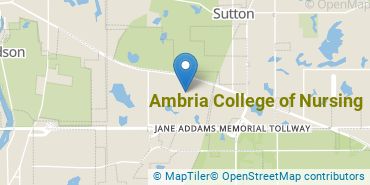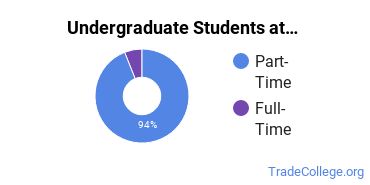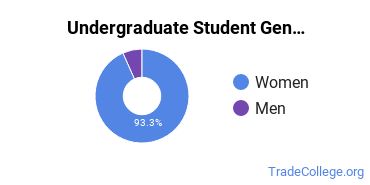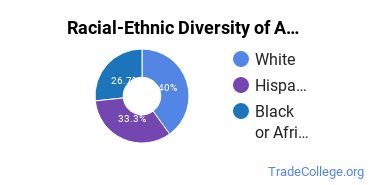Ambria College of Nursing Trade Programs
Ambria College of Nursing is a private for-profit institution located in Hoffman Estates, Illinois. The suburban atmosphere of Hoffman Estates makes it a great place for students who want the amenities of city life without actually living in the middle of a constant hustle and bustle.
Featured schools near , edit
Where Is Ambria College of Nursing?

Contact details for Ambria College of Nursing are given below.
| Contact Details | |
|---|---|
| Address: | 5210 Trillium Blvd, Hoffman Estates, IL 60192 |
| Phone: | 847-397-0300 |
| Website: | ambria.edu |
Can I Afford Ambria College of Nursing?
Student Loan Debt
It's not uncommon for college students to take out loans to pay for school. In fact, almost 66% of students nationwide depend at least partially on loans. At Ambria College of Nursing, approximately 50% of students took out student loans averaging $2,750 a year. That adds up to $11,000 over four years for those students.
Ambria College of Nursing Undergraduate Student Diversity

Gender Diversity
Of the 39 full-time undergraduates at Ambria College of Nursing, 23% are male and 77% are female.

Racial-Ethnic Diversity
The racial-ethnic breakdown of Ambria College of Nursing students is as follows.

| Race/Ethnicity | Number of Grads |
|---|---|
| Asian | 10 |
| Black or African American | 7 |
| Hispanic or Latino | 3 |
| White | 18 |
| International Students | 0 |
| Other Races/Ethnicities | 1 |
Ambria College of Nursing Trade School Concentrations
The table below shows the number of awards for each concentration.
| Major | Undergraduate Certificate | TOTAL |
|---|---|---|
| Licensed Practical/Vocational Nurse Training | 31 | 31 |
| TOTAL | 31 | 31 |
References
*The racial-ethnic minorities count is calculated by taking the total number of students and subtracting white students, international students, and students whose race/ethnicity was unknown. This number is then divided by the total number of students at the school to obtain the racial-ethnic minorities percentage.
More about our data sources and methodologies.
Featured Schools
 Request Info
Request Info
|
Southern New Hampshire University You have goals. Southern New Hampshire University can help you get there. Whether you need a bachelor's degree to get into a career or want a master's degree to move up in your current career, SNHU has an online program for you. Find your degree from over 200 online programs. Learn More > |
